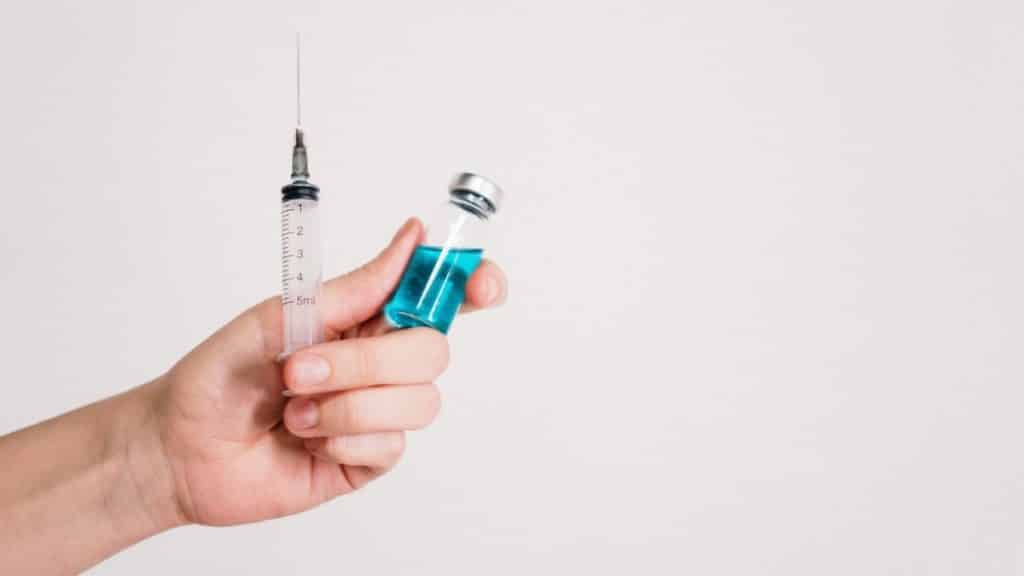The sharps waste disposal process should be known to all medical facilities using hypodermic needles to treat patients. Within the healthcare industry, this is one of the most common, but also one of the most hazardous types of medical waste, due to its ability to easily propagate infections by piercing the skin. Therefore, your waste management system definitely needs to have a solution to treat this kind of healthcare waste as soon as it is generated.
According to Celitron, the sharps waste disposal process can be summarized in 3 main steps:
1. Collection and segregation
2. Storage
3. Off-site/on-site disposal
The 1st Step of the Sharps Waste Disposal Process: Collection and Segregation into Special Containers
The sharps waste disposal process starts as soon as the waste is generated. Hypodermic needles need to be collected into puncture-proof containers that prevent sharps from piercing through and prickling the skin of medical staff. Sharps waste containers are marked by the universal biohazard symbol to make sure that all personnel handling them knows that they are dealing with hazardous waste, and dispose of it appropriately when the time comes. Sharps waste containers are also color-coded to make the segregation and identification of the different types of medical waste easier. Depending on your region, these containers can be yellow, red, or even white.
Sharps waste can be highly infectious, which is why medical staff also need to wear the appropriate protective equipment whenever collecting this hazardous waste.
The 2nd Step of the Sharps Waste Disposal Process: Storing Containers in a Separate Area
The sharps waste disposal process naturally includes the storage of hypodermic needles in an appropriate area.
The more separated storage area you can find, the better. This is because until the waste can be treated, it still represents a potential risk to all people in the vicinity, so staff must act accordingly, even if sharps waste is already stored in a container. To reduce infection risks, sharps waste needs to be far from any highly-populated areas like cafeterias or patient wards.
Keep in mind that sharps waste containers are considered “full” when they are at about 75% capacity. Never try to push down sharps waste to make place for more waste, as you may cut or sting yourself.
The 3rd step of the sharps waste disposal process: off-site or on-site removal of containers
The final step of the sharps waste disposal process is of course the removal of the waste itself. Once a container is full, there are two main ways to dispose of it: through off-site and on-site disposal methods.
Among the most popular off-site methods is incineration, which includes the services of a licensed waste disposal company that will transport the waste to a select location where sharps waste will be destroyed.
However, among the more modern methods, on-site sharps waste disposal is gaining increasing popularity in medical facilities all around the world. By combining the process of steam sterilization with medical waste shredding, facilities can use on-site machines to treat sharps waste and render it to a state that doesn’t represent any risk of infection anymore.
